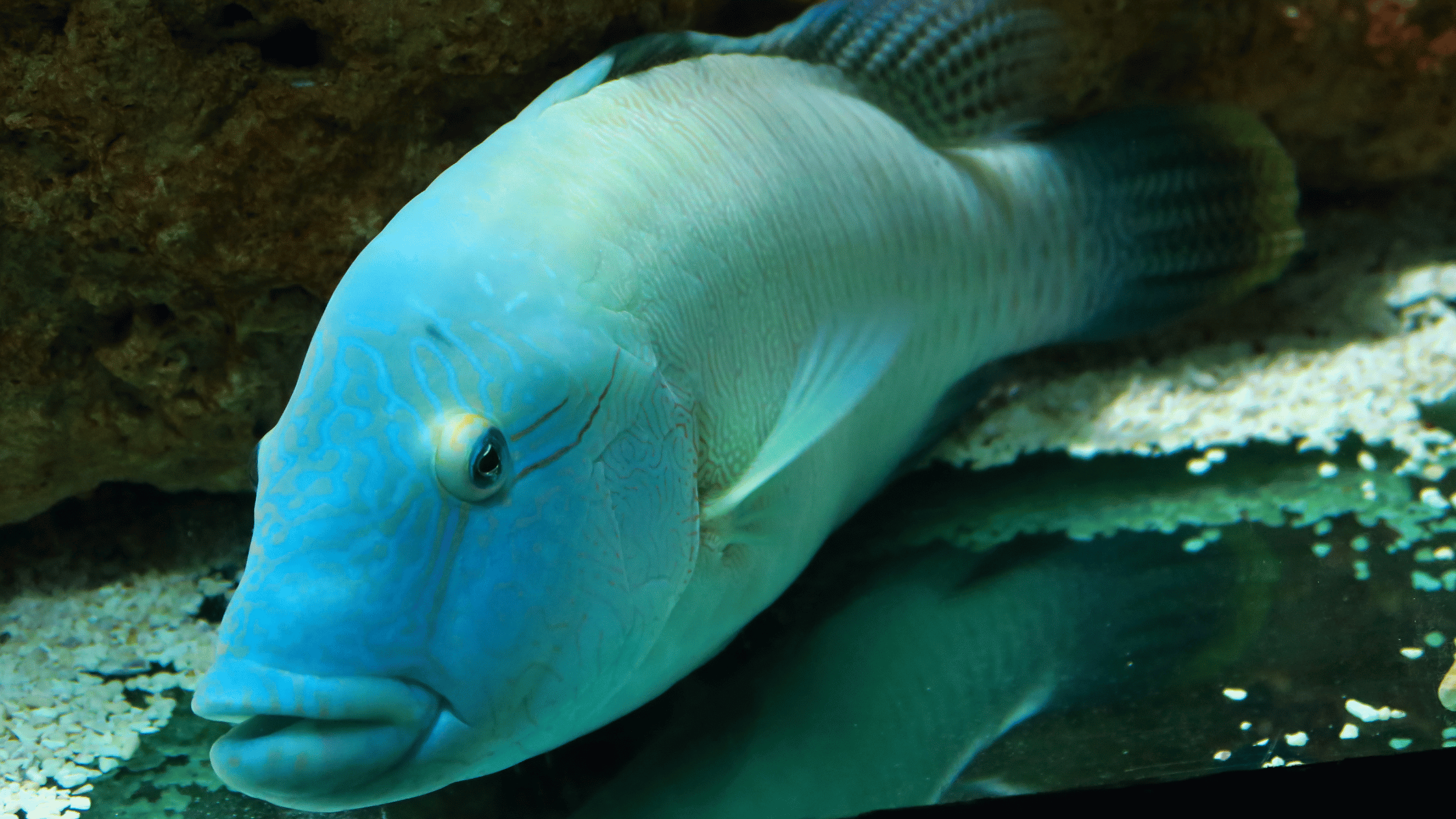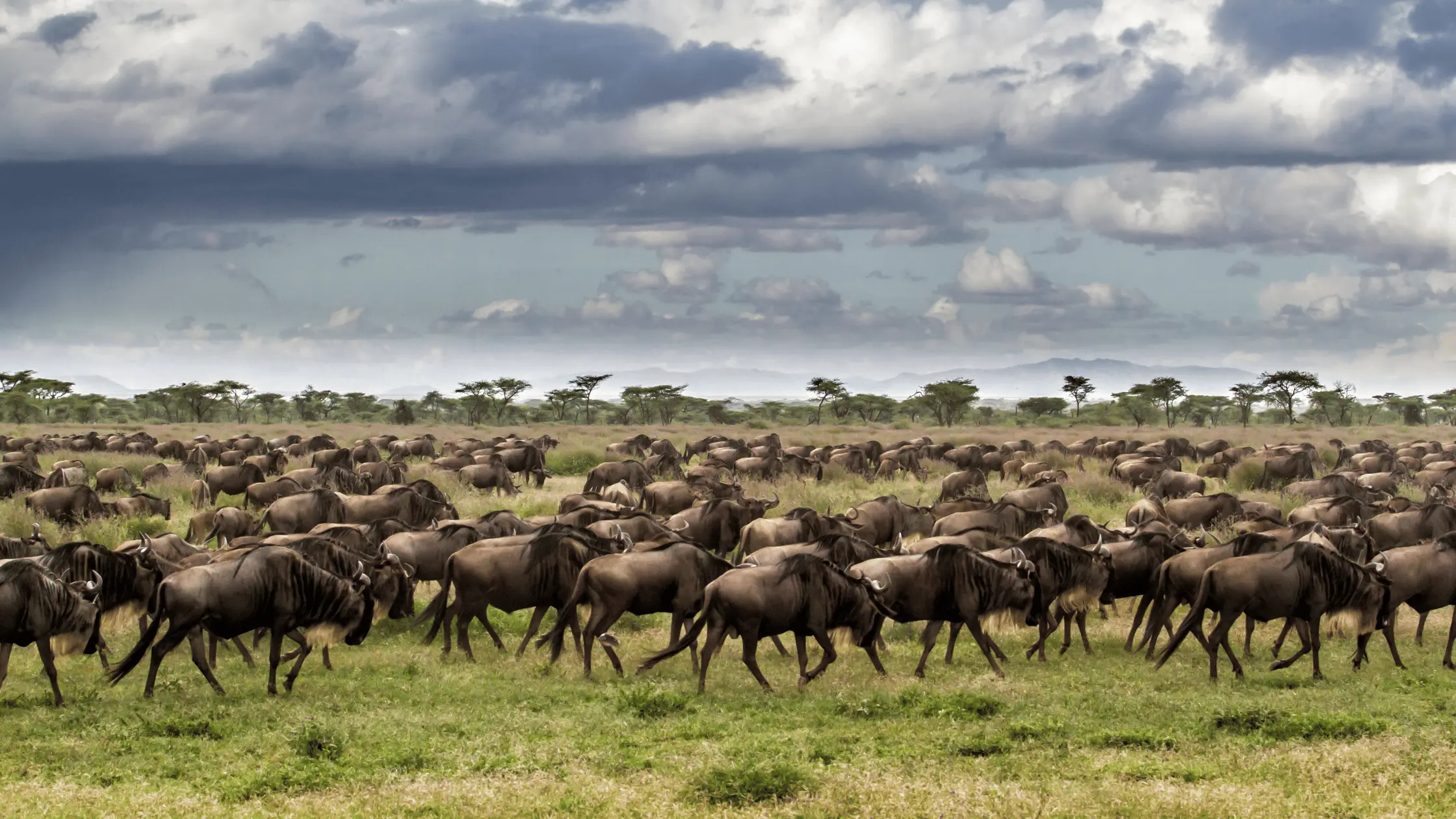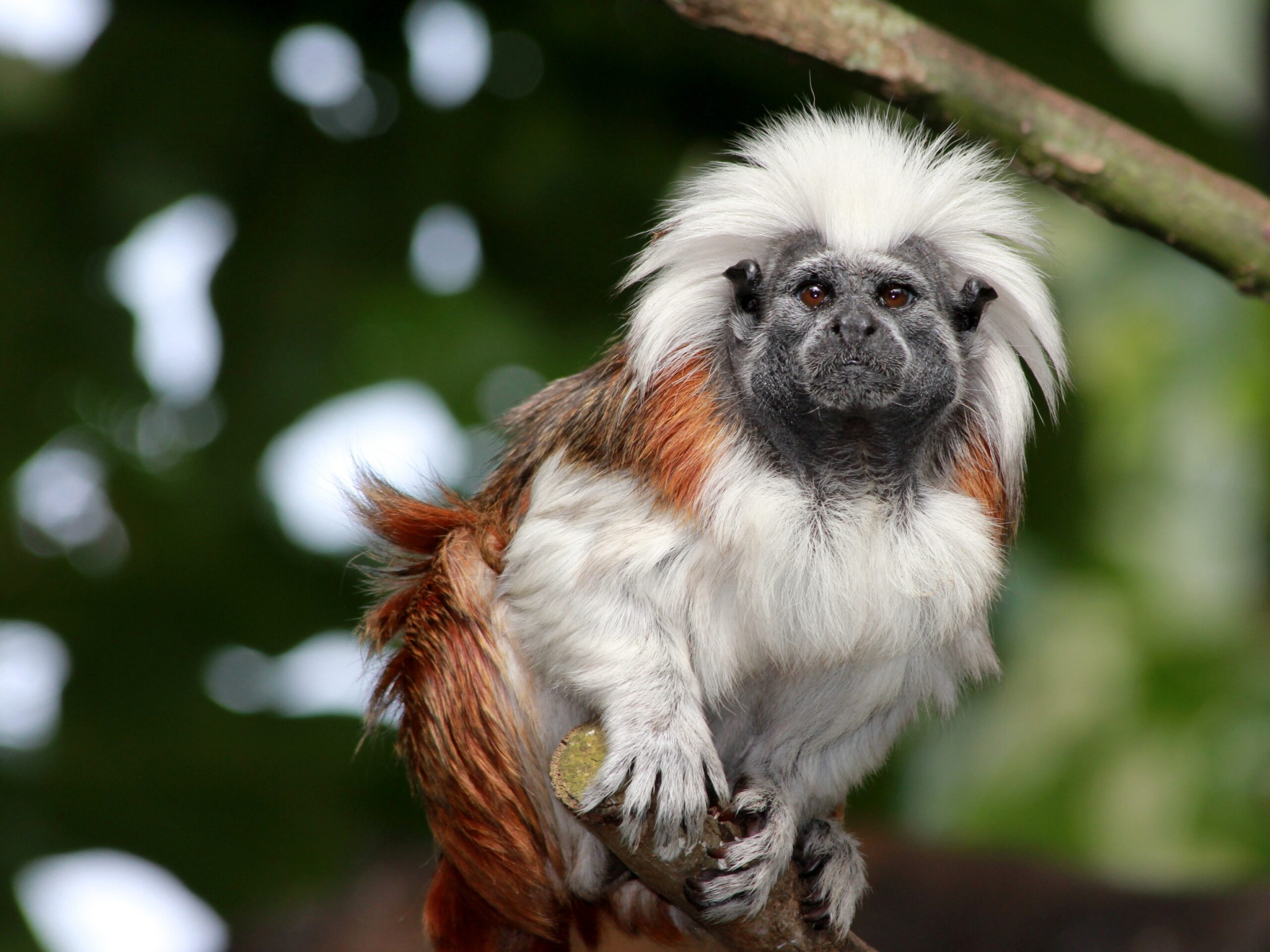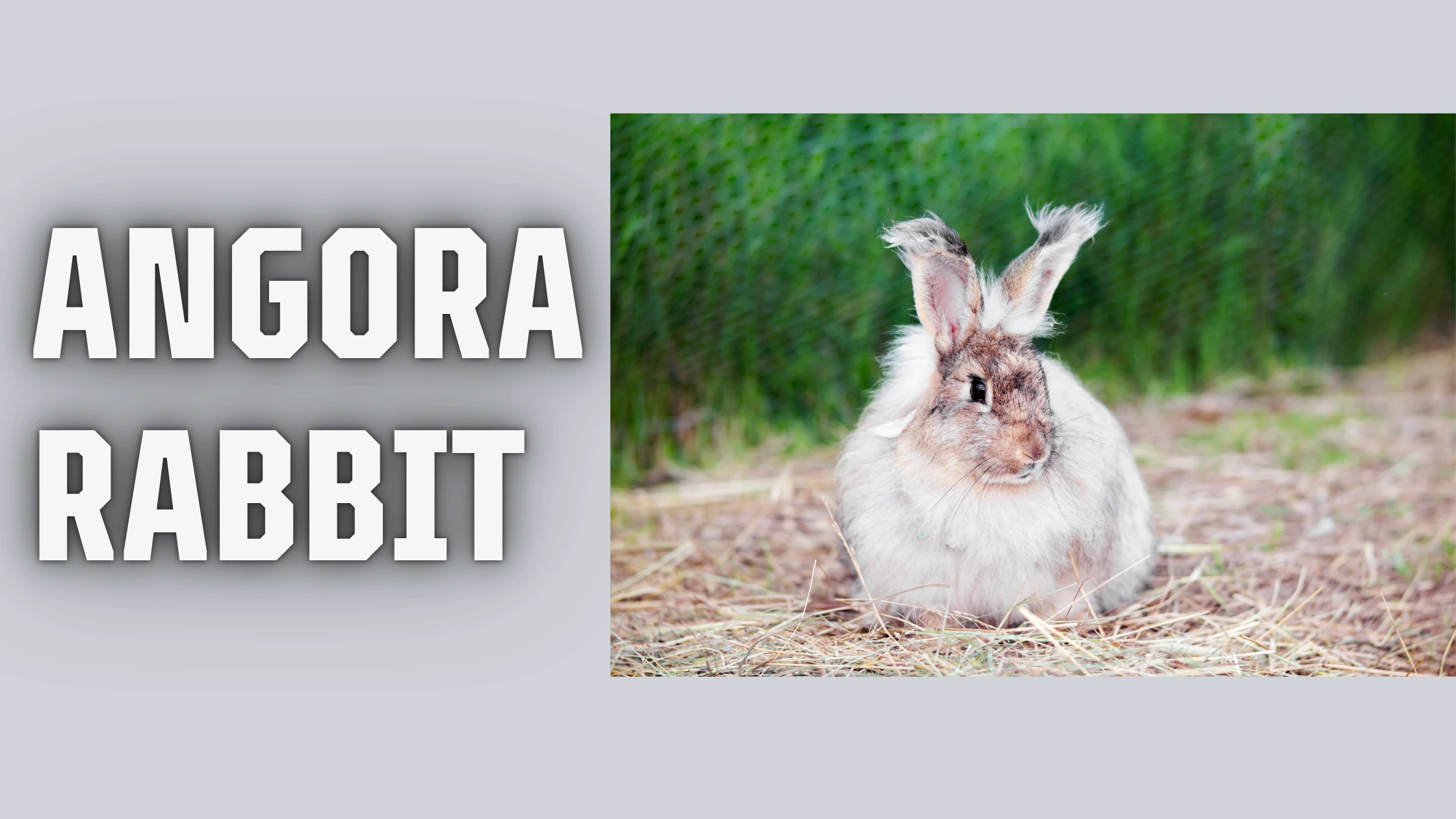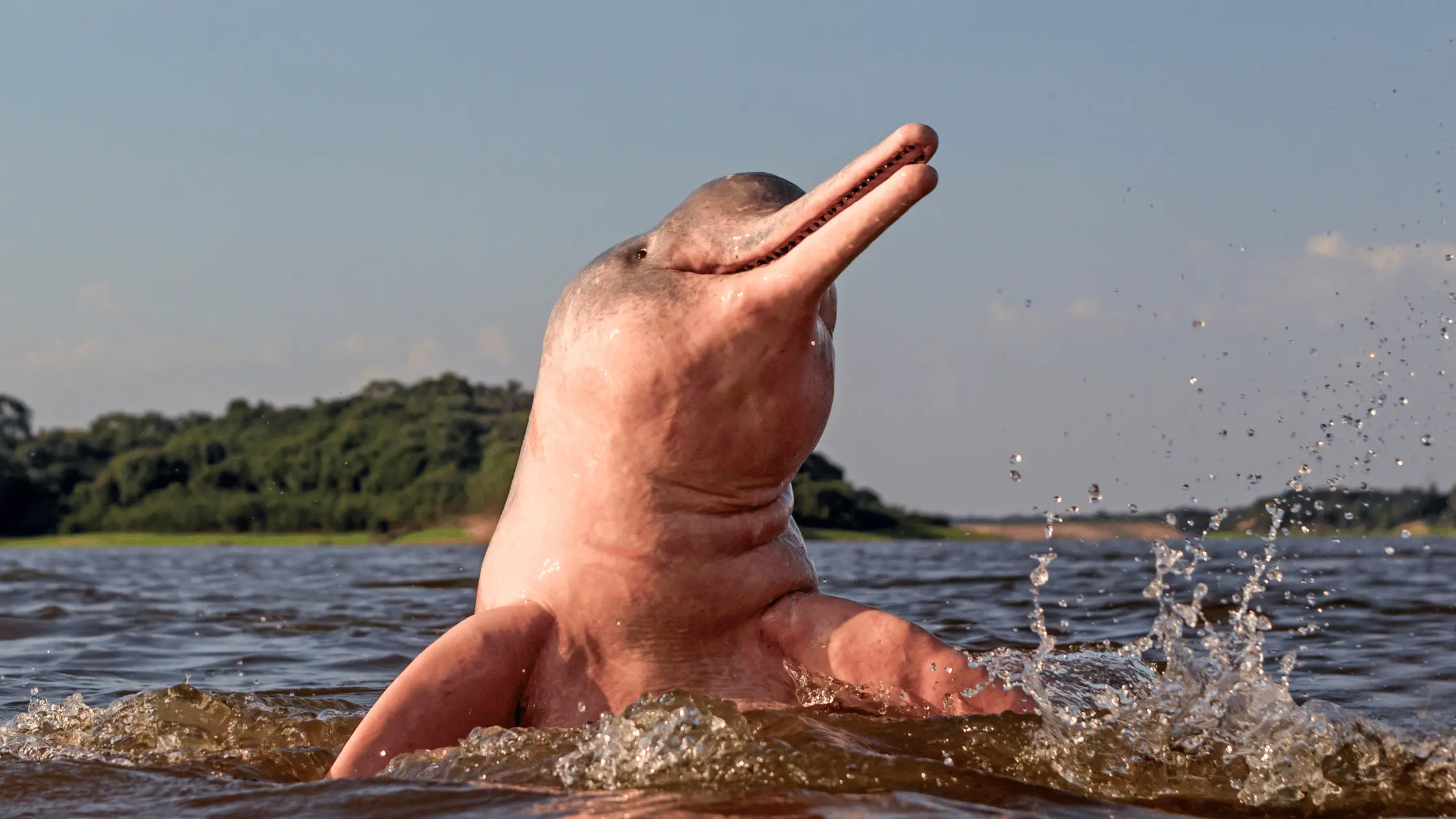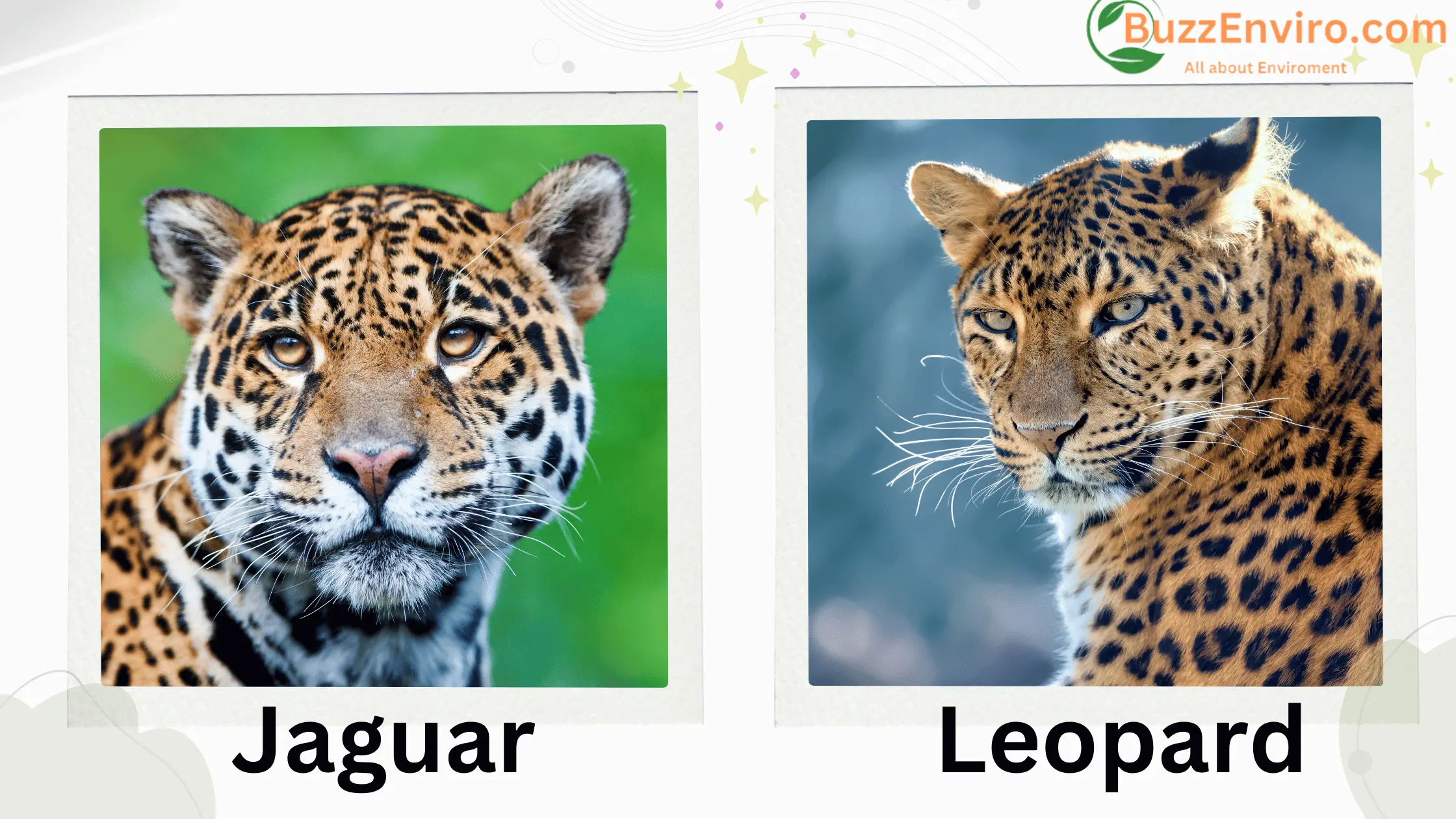Humphead wrasse weigh more than 400 pounds and reach up to six feet in length. They are one of the most endangered fish in the world, and their distinctive forehead bulge makes them easy to spot. They are also known for their bright colours, which range from blue to green to yellow. Humphead wrasses can be found in many places around the world, but they are trendy in Hong Kong and China, where they are considered delicacies. Because of this, they are subject to a lot of illegal fishing.
Humphead wrasse are estimated to number 2.5–3.5 adults on Queensland reefs (8,000–10,000 SQM) and the rest of their range (10,000–15,000 SQM). The species was first listed as endangered by the IUCN in 2004. In 2005, the United Nations Convention on the International Trade in Endangered Species of Wild Fauna and Flora (CITES) placed the species on its Appendix II list, which allows for export permits to be issued in the source countries of the species.
In this blog, we’ll examine some of the world’s most endangered species and how conservation efforts are helping them to survive.
About Humphead Wrasse
Appearance
The humphead Wrasse is characterized by a prominent forehead protrusion and large lips. Its average length is about 6 feet, and it weighs over 400 lbs. This modest coral-dwelling fish outgrew most of the fish around it.

Colour changes throughout its life; males can range from bright blue or green to purplish blue, while females can be a dull greenish blue. Children and females are primarily red-orange, which changes to white on the abdomen.
Breeding
The average age of sexual maturity for the Humphead is about 5-7 years, which is quite a bit longer than most fish. However, this length of time is not a problem for them, as they can live for up to 30 years. Like other Wrasse species, the Humphead can change its sex. This means that it can be a female or a male Wrasse. This is unique to the Humphead, and it is not known how this changes the reproductive cycle of the Wrasse.
Diet
Equipped with sharp teeth, the humphead Wrasse feeds on a variety of molluscs, starfish, and crustaceans that feed on coral reefs. The humphead Wrasse is one of the few predators of the starfish crown of thorns, which is responsible for the decimation of many coral reefs worldwide.
Habitat
Humphead wrasses live in the warm tropical waters of almost half of the world’s oceans, from East Africa’s coast to the Pacific. They feed mainly on coral reeds, which are their primary food source. As you can see from the following maps, they are primarily found in areas where there are a lot of coral reefs.
Conservation Status
Today’s humphead wrasse listing as an endangered species is a huge step forward, as it will now be more likely to be protected by governments. According to divers, humphead wrasses are no longer seen in the wild, and if they are caught, they are rarely mature. There is no definitive answer as to the number of humphead wrasses present in the wild today. There is no exact percentage as to how much the total population of the entire wrasse family has declined in the last 30 years. In some cases, localized populations have declined by up to 90 per cent.
Reasons Why Humphead Wrasse Endangered?
- Overfishing
Humphead wrasse are particularly vulnerable to overfishing and illegal fishing because they are highly valued in Southeast Asian live reef fish markets. Humphead wrasses also play an important role in coral reef ecosystems and are threatened by climate change, such as rising ocean temperatures and sea levels.
- Destructive Fishing Practices
Humphead wrasse have traditionally been caught in various ways, including hook-and-line fishing, hand spear fishing, trapping, or speargun fishing with diving tanks. Because these fish are so large and complex to catch, most divers fish at night or concentrate on smaller, less mature fish.
In some parts of the world, fishermen kill fish by exposing them to cyanide poison and then quickly releasing them back into the water. The cyanide remains in the water, destroying corals and causing bycatch deaths among marine animals that are exposed to the cyanide but not removed quickly enough. Studies have shown that this method of killing fish can cause irreparable damage to the ecosystems of Indo-Pacific coral reefs, particularly when combined with the effects of climate change.
- Illegal Trade
Despite being protected under the CITES Convention, humphead Wrasse continues to be illegally hunted and sold across its entire range. According to traffic surveys conducted in 2015, at least 15 companies sell live, chilled or frozen humphead, 12 of which are based in mainland China.
Surveys conducted in Hong Kong’s three biggest fish markets revealed that 1,197 live Humphead Wrecks were for sale in Hong Kong from November 2014 to December 2015. However, according to Hong Kong’s Agriculture, Fisheries and Conservation Department and CITES management authority, only 150 humphead wrecks were imported in 2014.
- Climate Change
The humphead Wrasse’s habitat is affected by climate change in several ways. Rising ocean temperatures can alter ocean chemistry and increase the risk of coral bleaching and disease, as well as harmful algae blooms. As the ocean temperature rises and sea levels rise as a result of melting ice sheets and increased thermal seawater, it can cause devastating erosion and sedimentation of nearby reefs.
Since 1991, the Great Barrier Reef has seen sea levels increase by 3 millimetres a year. According to the Intergovernmental Panel for Climate Change (IPCC), global sea levels are projected to increase by 26 to 29 centimetres by 2030.
Action to take to Prevent the Humphead Wrasse
- More vigorous Enforcement of Fishing Regulations: Enhanced monitoring and enforcement of fishing regulations are crucial. This includes better surveillance of illegal fishing activities and stricter penalties for violations.
- Sustainable Fishing Practices: Promoting sustainable fishing practices and encouraging the consumption of alternative fish species can reduce the pressure on the Humphead Wrasse.
- Marine Protected Areas (MPAs): Establishing and effectively managing MPAs where fishing is restricted or prohibited can provide safe havens for the Humphead Wrasse, allowing populations to recover.
- International Cooperation: Strengthening international cooperation to curb illegal trade through better implementation of CITES and sharing of resources and information between countries.
